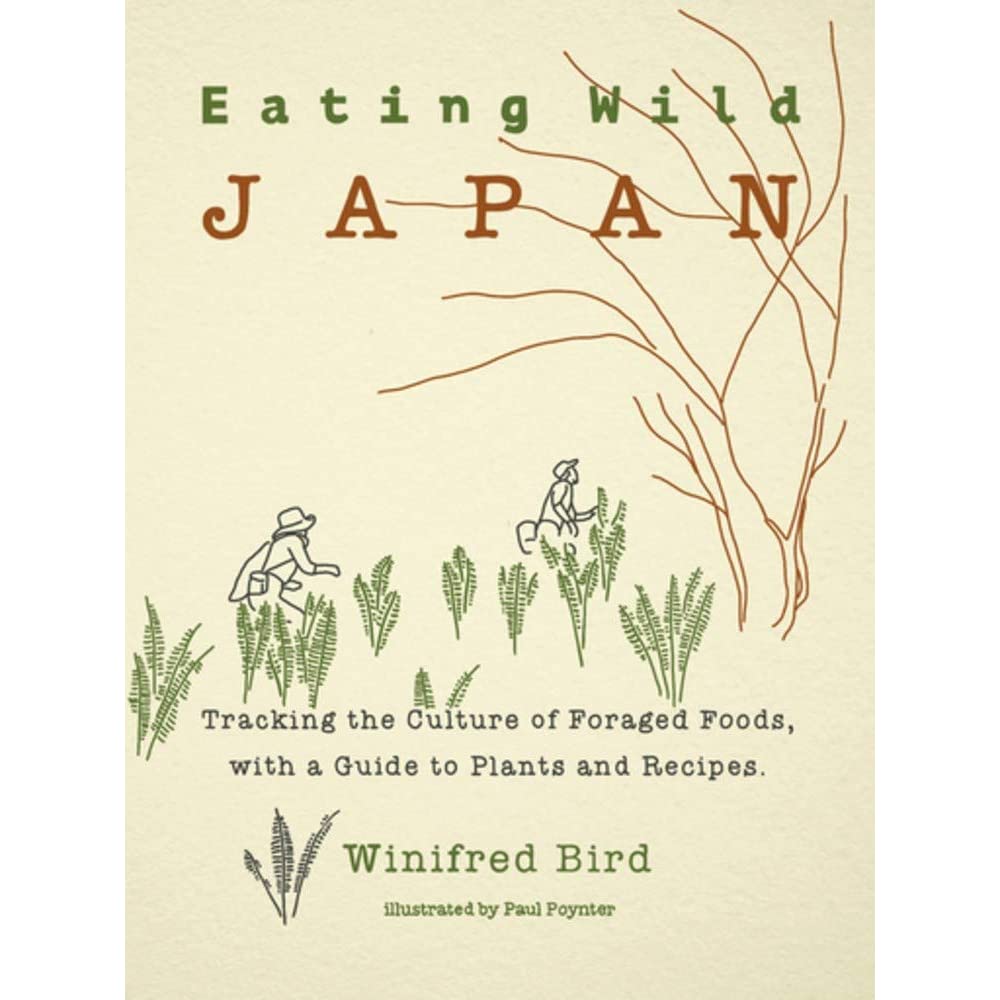Eating Wild Japan: Tracking the Culture of Foraged Foods, with a Guide to Plants and Recipes
Eating Wild Japan: Tracking the Culture of Foraged Foods, with a Guide to Plants and Recipes transported me from my small town into the wildest and most rural areas of Japan. Before reading this book, I knew relatively little about the geography of Japan and I had assumed that Japan was a relatively urban nation, given cities like Tokyo and Kyoto. But the focus of Bird’s book is the tiny villages far away from these dense metropolises. In them, she meets people who harvest sansai, or wild mountain vegetables.
Bird originally starts this journey because she enjoys eating wild foods and connecting with the people who harvest them. But her essays soon delve into the history of Japan before rice was the main agricultural crop and how wild foods are tied to culture and identity. Bird’s background is in environmental reporting, and this is apparent in how she ties foraging to protecting natural resources.
What I appreciated most about the book was Bird’s acknowledgment that foraging was once a necessity and now it is viewed as a unique hobby. While tasting mochi made from fern starch, she muses “the only answer I could come up with was that agriculture makes wild foods abnormal, and there are always two sides to abnormality: despicable aberrance and sought-after rarity. It was only when I traveled north to meet with Ainu cooks in Hokkaido that I encountered a third perspective—one that viewed wild foods not through the distorting lens of agriculture but simply as something good to eat.”
| Author | |
|---|---|
| Star Count | 3/5 |
| Format | Trade |
| Page Count | 264 pages |
| Publisher | Stone Bridge Press |
| Publish Date | 2021-Mar-09 |
| ISBN | 9781611720617 |
| Bookshop.org | Buy this Book |
| Issue | March 2021 |
| Category | Cooking, Food & Wine |
| Share |








Reviews
There are no reviews yet.